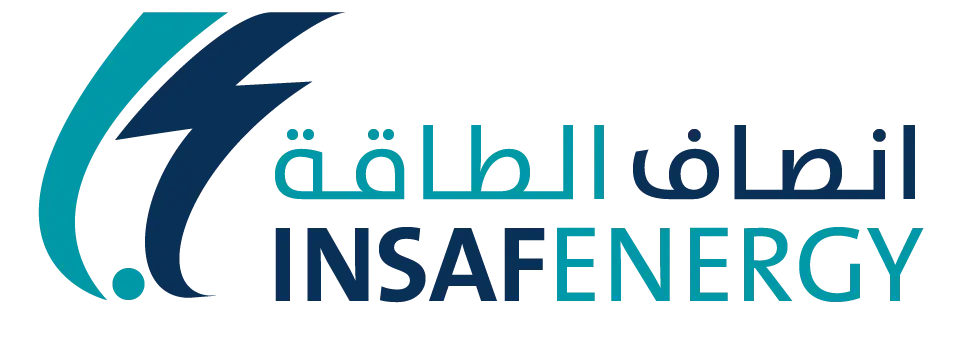Industrial facilities need to establish protective measures because security serves to defend physical assets together with workers and operational processes. The combination of security system components which include surveillance, access control and alarm systems works to stop entrance by unauthorized persons along with theft and safety incidents. A security implementation system provides improved situational views and faster responses while maintaining regulatory adherence.
This document investigates how vital industrial security solutions are while describing the selection of available systems and essential aspects for their effective deployment.
Importance of Industrial Security Systems
1. Protection Against Unauthorized Access
- Prevents entry by unauthorized personnel.
- The system provides protection against theft incidents while stopping workplace violence alongside preventing vandalism and property theft.
- Authoritative staff members are the only individuals able to enter restricted spaces.
2. Enhanced Employee & Asset Safety
- Monitors workplace activities in real-time.
- These systems allow for the detection of risky situations combined with illegal staff movements.
- Improves emergency response times.
3. Compliance with Industry Regulations
- The security system maintains all safety and security standards.
- Avoids penalties for non-compliance.
- Security systems generate documents that showcase the implemented safety procedures.
4. Operational Efficiency
- Streamlines facility access management.
- Security checks are automated through this system which leads to better workflow procedures.
- The security system reduces operational stoppages because of unauthorized entry.
Types of Security Systems for Industrial Facilities
1. Surveillance Systems
Securing the facility requires high-definition CCTV cameras to provide round-the-clock video surveillance.
- Thermal Imaging: Detects movement in low-visibility conditions.
- The analytics system equipped with AI technology uses automated programming to detect abnormal behavior which triggers warning alerts.
- The system allows users to obtain real-time video footage regardless of their physical location.
2. Access Control Systems
- Biometric Scanners: Uses fingerprints, facial recognition, or iris scans.
- Key Card & RFID Systems: Provides secure and trackable entry.
- The system demands users to supply unique PIN numbers to authorize system entry.
- The combination of turnstiles and smart gates operates as an access barrier that uses credentials for authorization.
3. Alarm & Intrusion Detection Systems
- Motion Sensors: Detects unauthorized movement.
- The sensors for glass breakage activate warnings when a forced entry occurs.
- Perimeter Security Alarms: Notifies security personnel of breaches.
- Fire & Gas Detection Systems: Alerts in case of environmental hazards.
Security system implementation demands attention to the following factors.
1. Facility Size & Layout
- Security professionals need to evaluate every potential weak point and hidden security vulnerabilities in the facility.
- Secure camera installation should focus on providing complete facility surveillance.
- Analyze the places where access control management needs to be deployed.
2. Integration Capabilities
- Monitoring systems must have the ability to unite with current organization hardware.
- The security system should provide effortless communication functions that link surveillance components to access control elements and alarm systems.
- The establishment should implement cloud-based control technology for unified management.
3. Scalability & Future Expansion
- The selected technology should accommodate business expansion.
- Most security systems can improve with modular architecture for simpler future expansion.
4. Compliance & Legal Requirements
Technological infrastructure must adhere to the requirements set by OSHA as well as ANSI and all applicable industry regulations.
Adhere to local and international data privacy laws.
5. Maintenance & Support
- Put routine system maintenance and inspections into the operational schedule.
- The vendor must provide prompt technical assistance to the company.
- Businesses should perform software updates to stop vulnerabilities from occurring.
Choosing the Right Security Provider
1. Experience & Expertise
- Pick a vendor that offers established success in industrial security practices.
- Check industry certifications and client testimonials.
2. Custom Security Solutions
- Companies should seek security solutions which specifically address their facility requirements.
- Ensure adaptability to industry-specific risks.
3. 24/7 Monitoring & Support
Your selection should be focused on providers who provide sustained monitoring alongside speed-driven response abilities.
Conclusion
A strong security system combining surveillance technology with access control and alarms systems must be put in place to secure industrial installations effectively. Security strategies that integrate well create safer spaces while protecting compliance standards and blocking unsanctioned entries which yields better industrial workplace security. Experienced security providers help safeguard facilities against any possible security threats.

